by Donato
One of my favorite genres is the portrait.
When I look back at the art through history and assess the works that resonate with me today, one characteristic I find running through as a unifying thread is the portrayal of people, real people, engaged in tragedies, heroics or tasks which underscore their humanity. Gone are the caricatures, cliches, and excesses which speak to a turning fad. These popular art forms all have their place, certainly, as relevant commentary on events swirling about us in the here and now. But what I am interested in is how a work speaks to the future’s children – images, when isolated from artistic intent and cultural crutches, you can point to and state, ‘That is a timeless work of art.’
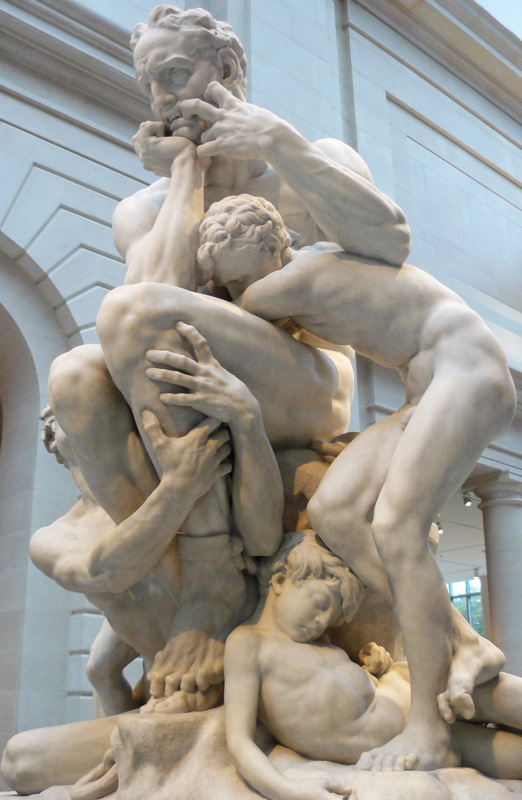
How to tap into the humanistic undercurrent without reverting to cliches, historical mimicry, or creating a work too ‘bland’ and culturally and artistically irrelevant is an immense struggle. This proves a greater challenge especially when you are called upon to deliver timely, hip, and fad-like art for the commercial market place! It sets my head to spinning, but as always, I love the challenge.
It is not that I wish to make a piece ‘timeless’, but rather it is my desire to make a work of art which is not esoterically ‘crutched’ so that some arcane form of understanding is required for its enjoyment. Far to often we are call to read a ‘program’ to understand the content of a work of art. I rate this as a failing of the artist. How will someone outside this program come to understand the work, someone culturally different, speaking another language, or unknowing of the program’s references? I feel the work must address these issues by itself, contain its own internal truths, even if those truths lead to no certain conclusion. That is what makes art great for me- its ability to stand apart from nearly all references.
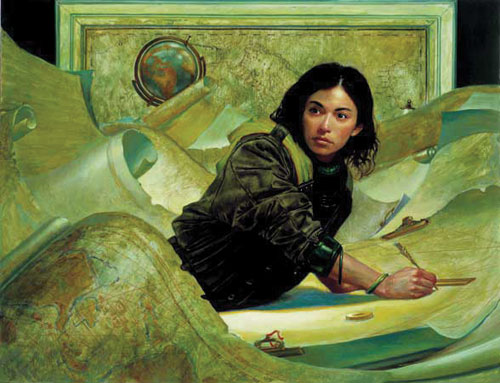
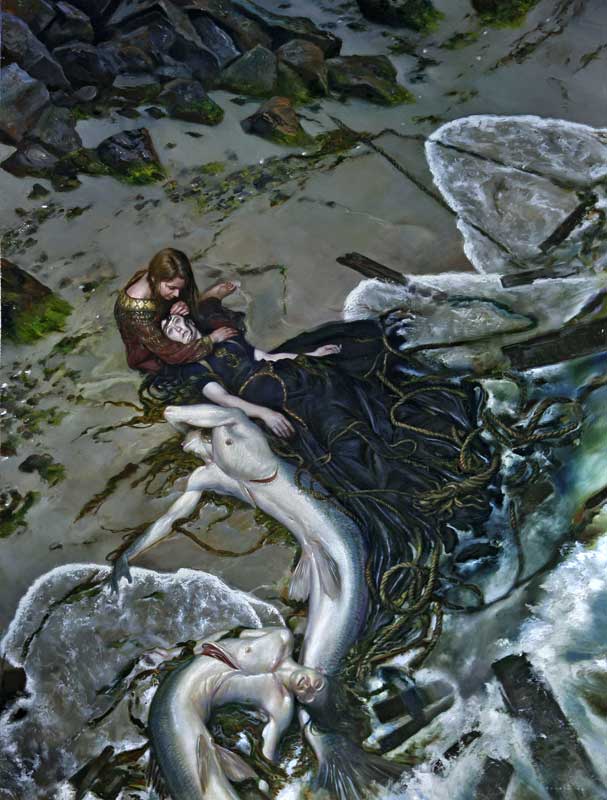
My goal is to create paintings I could hang on the walls of my own home. If I have been successful in that pursuit, then I am a contented artist.


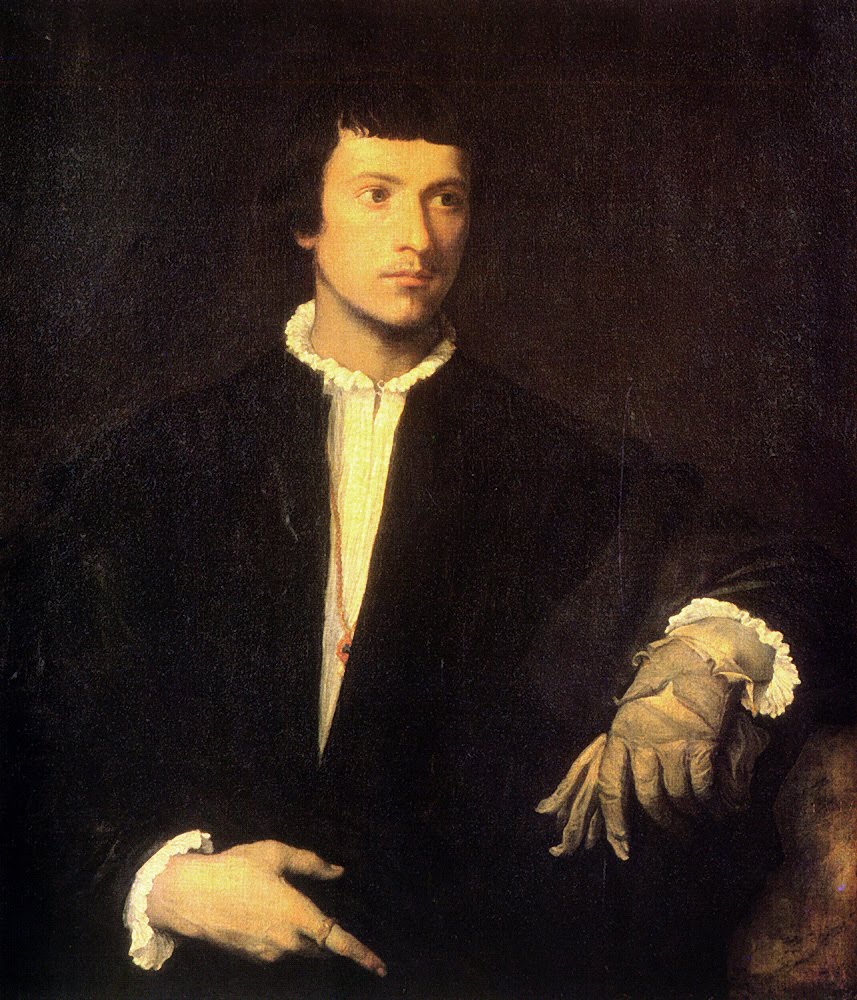
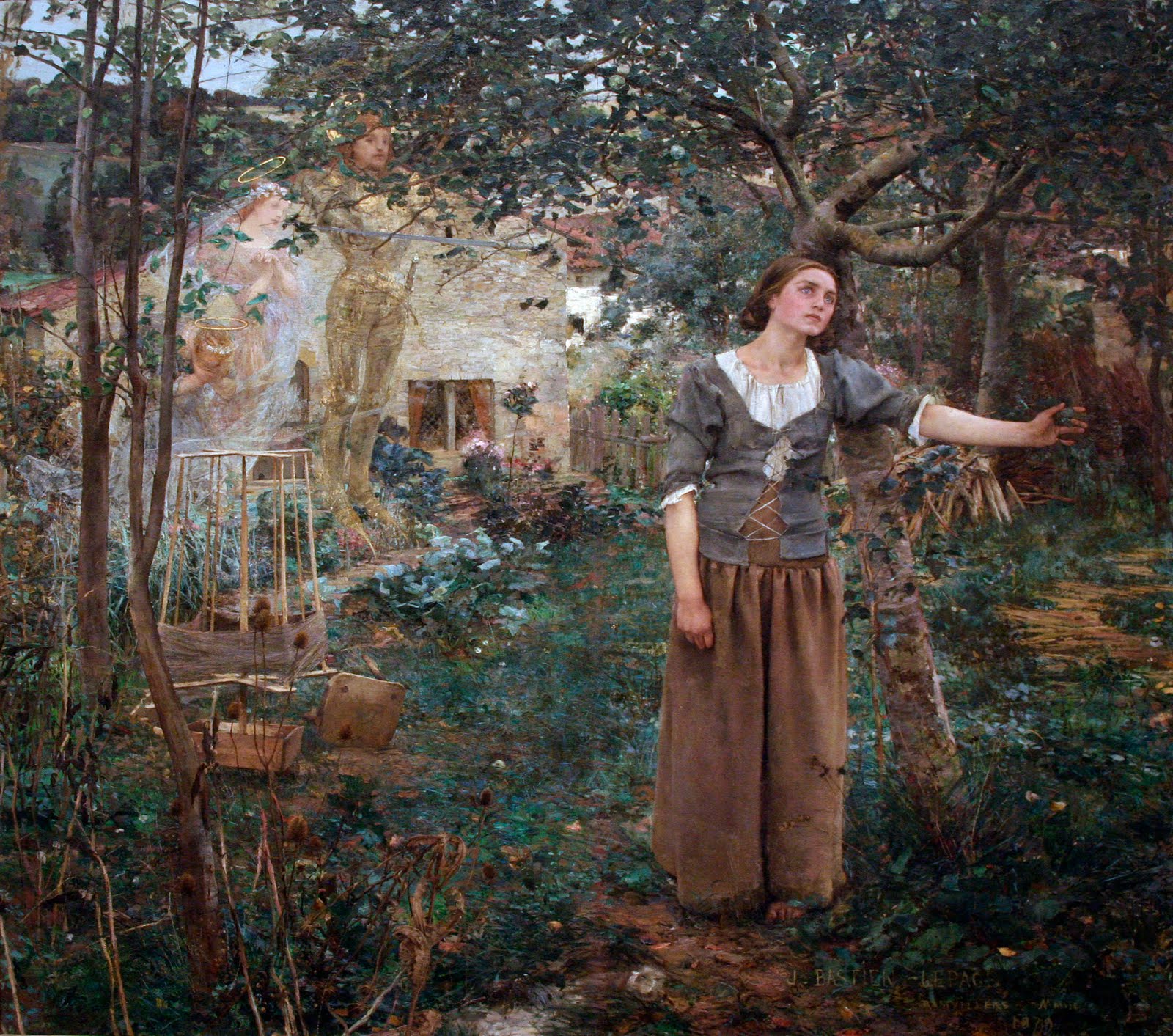
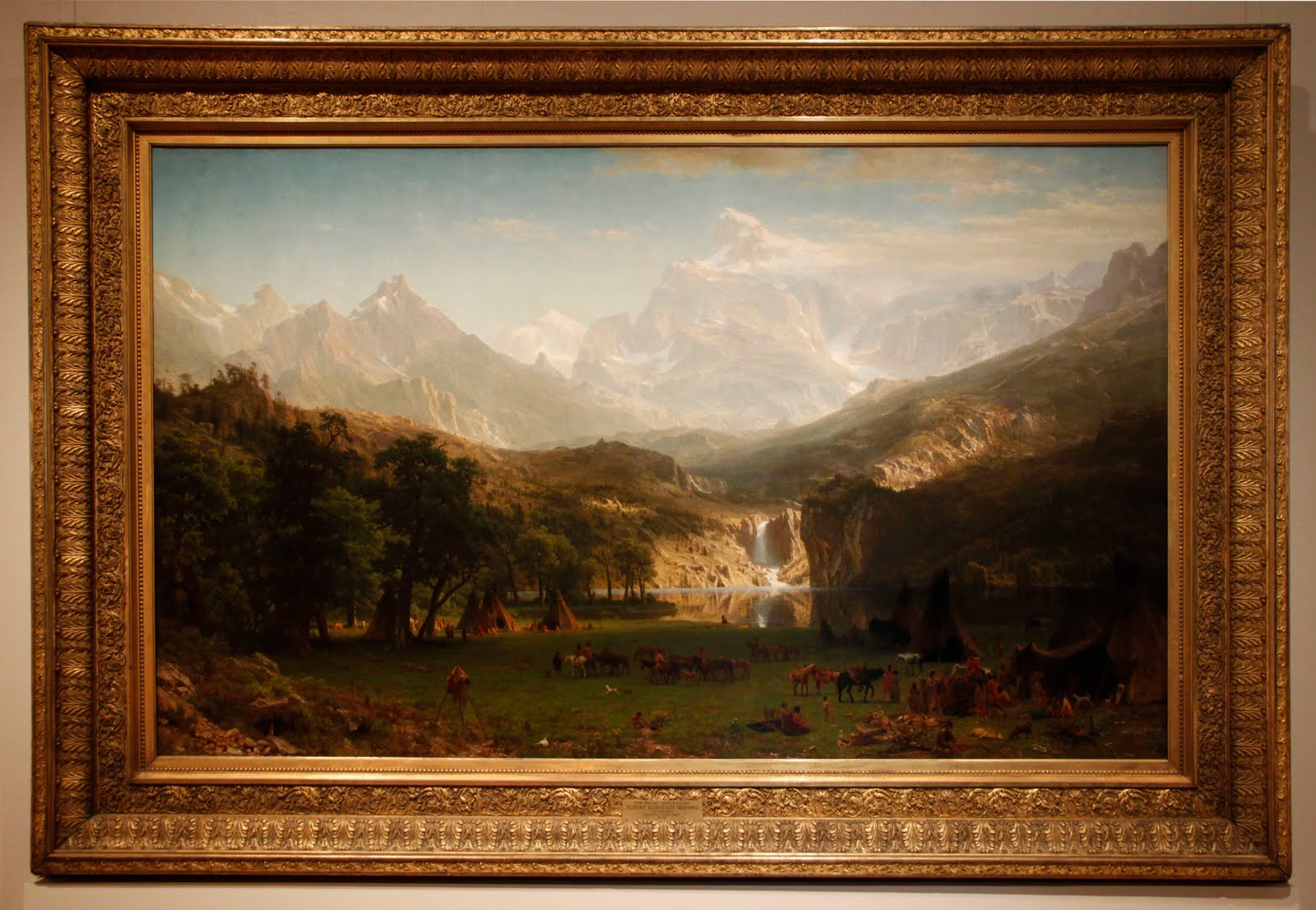
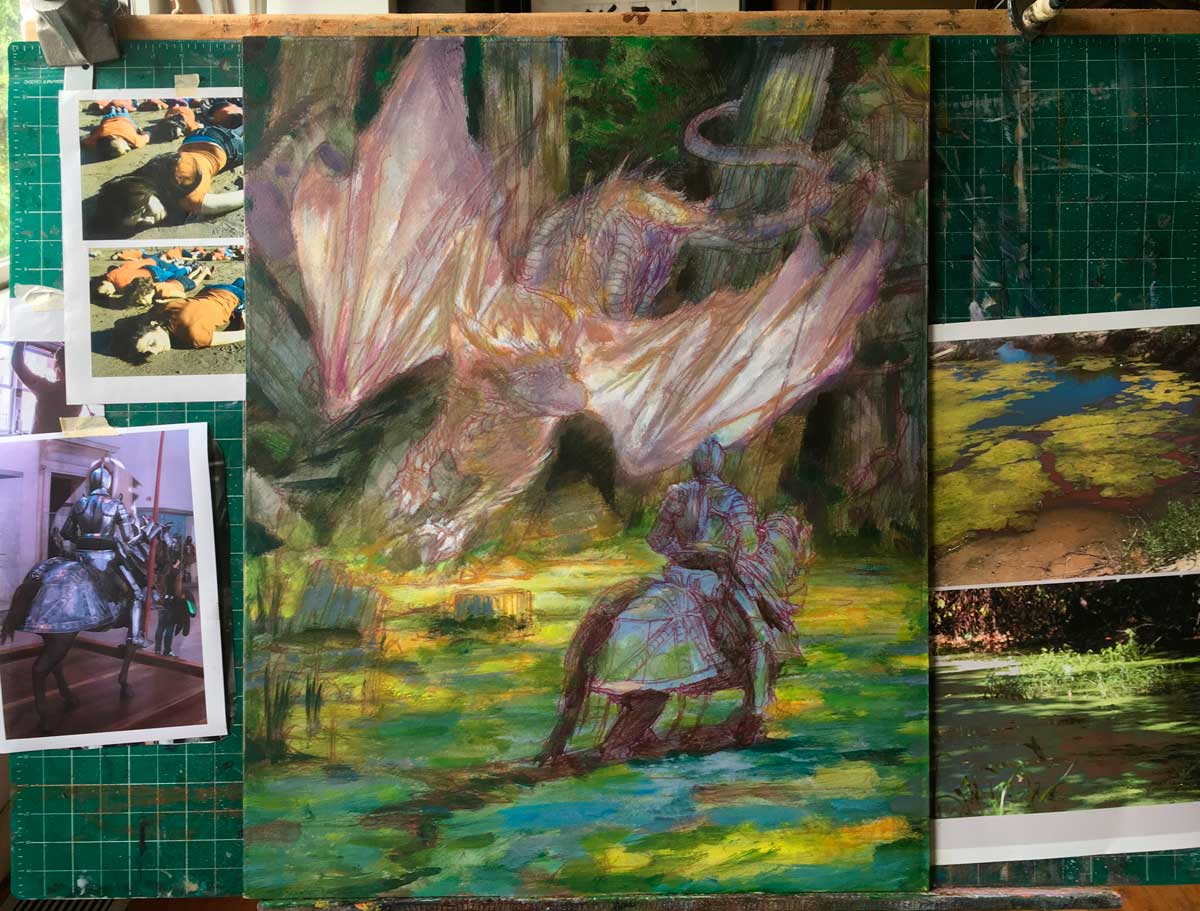
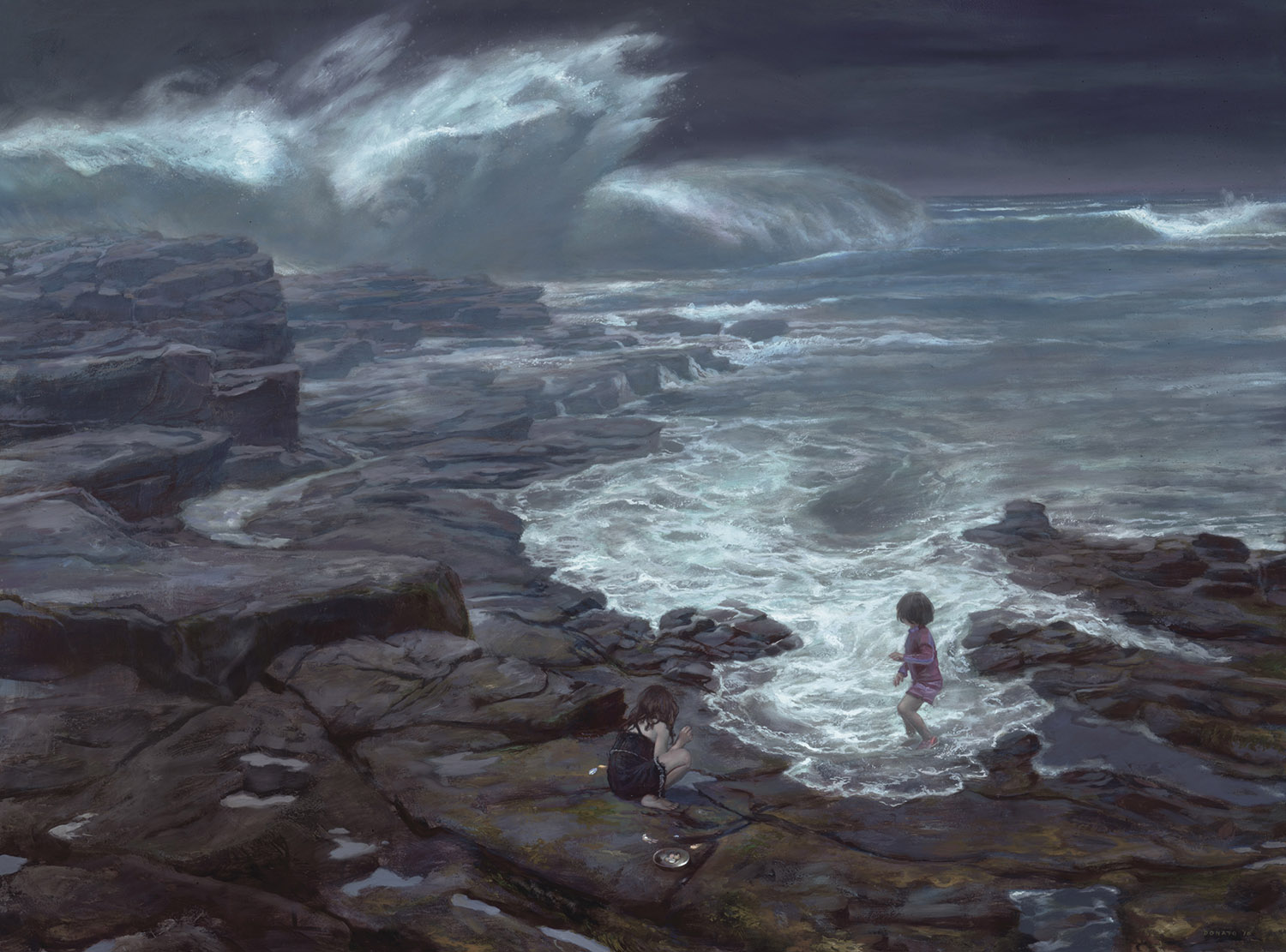
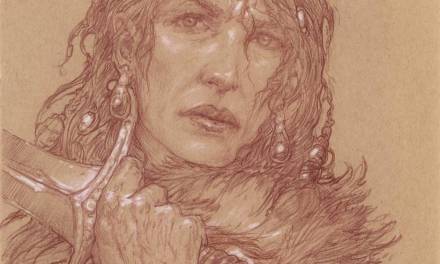
Very nice article. Found a few things in it that could be of great use, regardless of theme (even landscape painting). Thanks!
A very interesting read. Thank you:)
Very interesting topic Donato. And I absolutely agree with you on the point of a piece of artwork really being a success when it manages to touch people regardless of culture or language, so true. Thanks for taking the time to write this great post!
By the way I haven't seen that painting before, the Golden Rose, it's really beautiful and gets me thinking about the story and thoughts behind it, which great art always does! I also really like how you designed the “fish-people” with gills at the end of their ribcages and all, that's a great idea!
Very insightful. It gives us a glimpse into how you're thinking about a piece from a more personal vantage. I feel like I've gotten a good picture of your professional thought process on a piece from other things you've done, but this is something new!
Thanks a lot!
The necessity for art to stand apart from all references is an excellent insight, thank you. Lots to think about.
Yes, really interesting things to think about. I think I let this aspect of my work slip away almost every time while I worry much more about my technical skill.
One day I was sketching a copy of 'the Citizens of Callais'. A woman walked up and stood looking from the statues to me for several minutes before she finally said, “It's not Christ… what is this?” Across time, culture and language the piece's message came through. The monument is to several leaders of the city who went out under truce to try to break a siege and save their city, and they didn't expect to succeed but they were willing to try.Six male figures, anguished, frightened, stand firm – offering their lives as hostage for their city's life. THAT is how visual art works. If you have to write a manifesto to get your message across, you're doin' it wrong.
Donato, however, is doing it right. Thank you
Elena